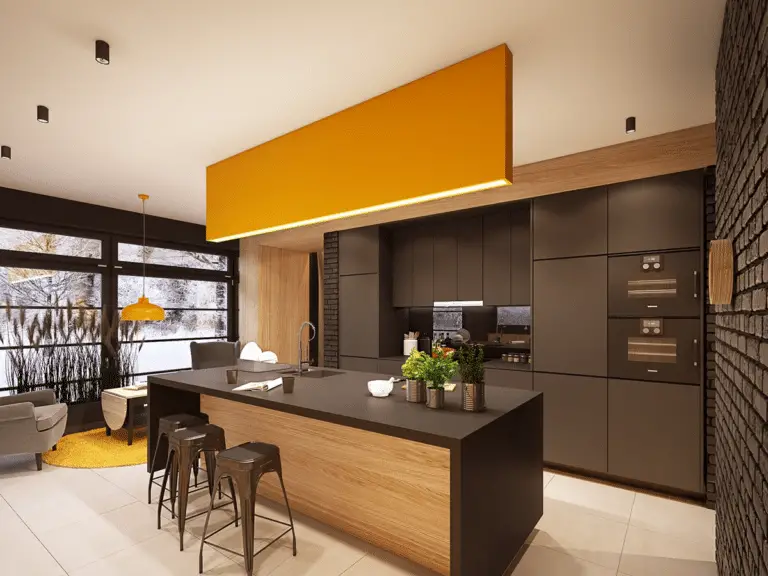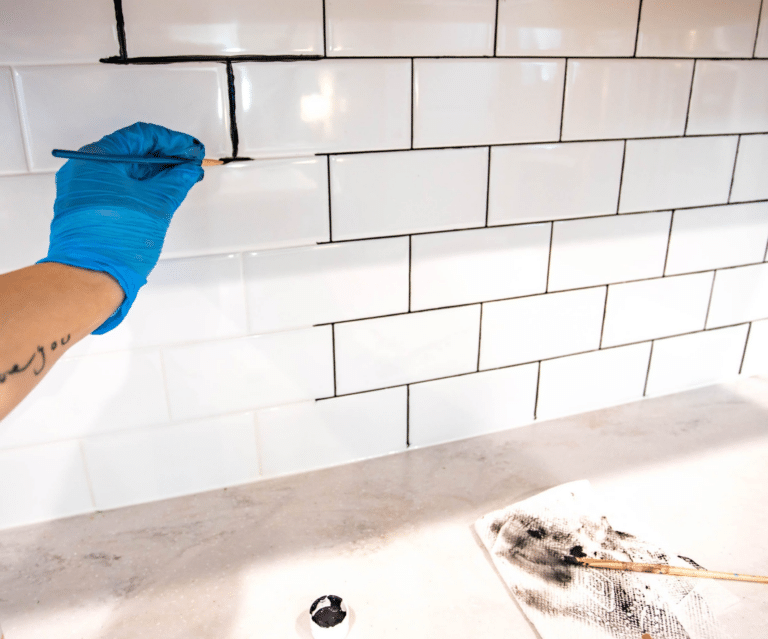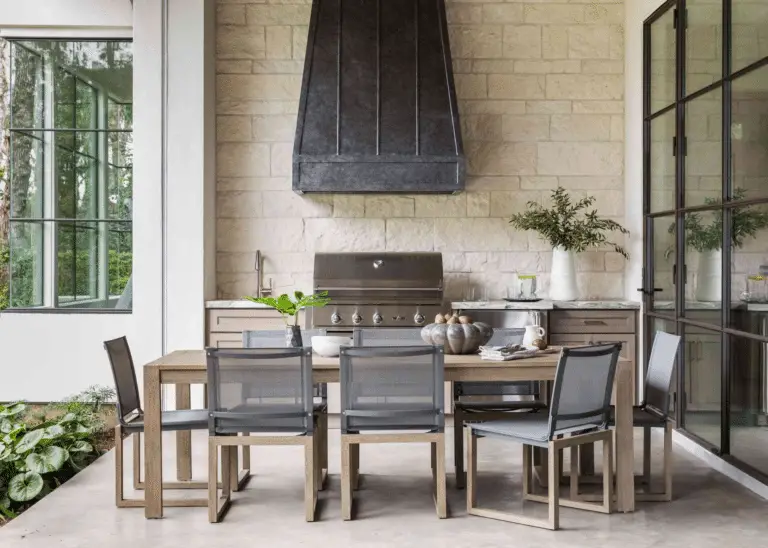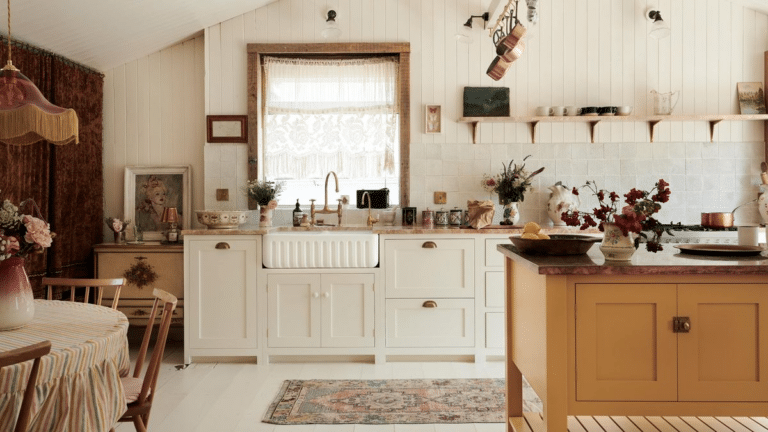Illuminate your kitchen with the perfect lighting setup! From ambient lighting to task lighting and decorative lighting, learn how to enhance your kitchen’s functionality and style. Discover the importance of color temperature and how it impacts the mood of your kitchen. With bright ideas and expert tips, optimize your kitchen lighting for a well-lit and inviting space. Explore the world of kitchen lighting with our comprehensive guide.
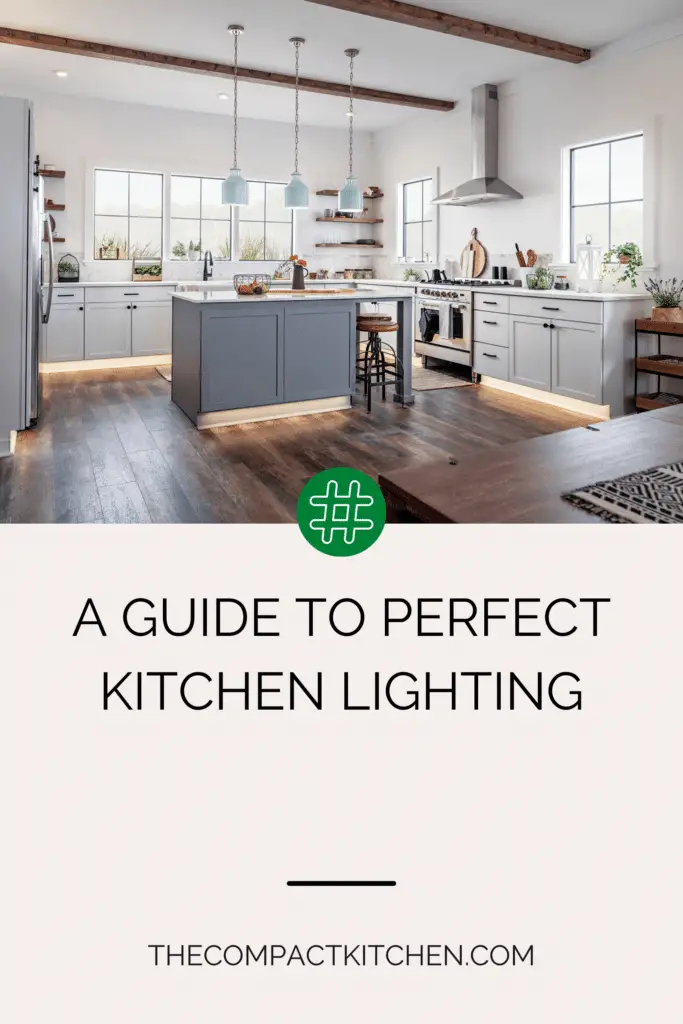
Understanding Ambient Lighting in Kitchens
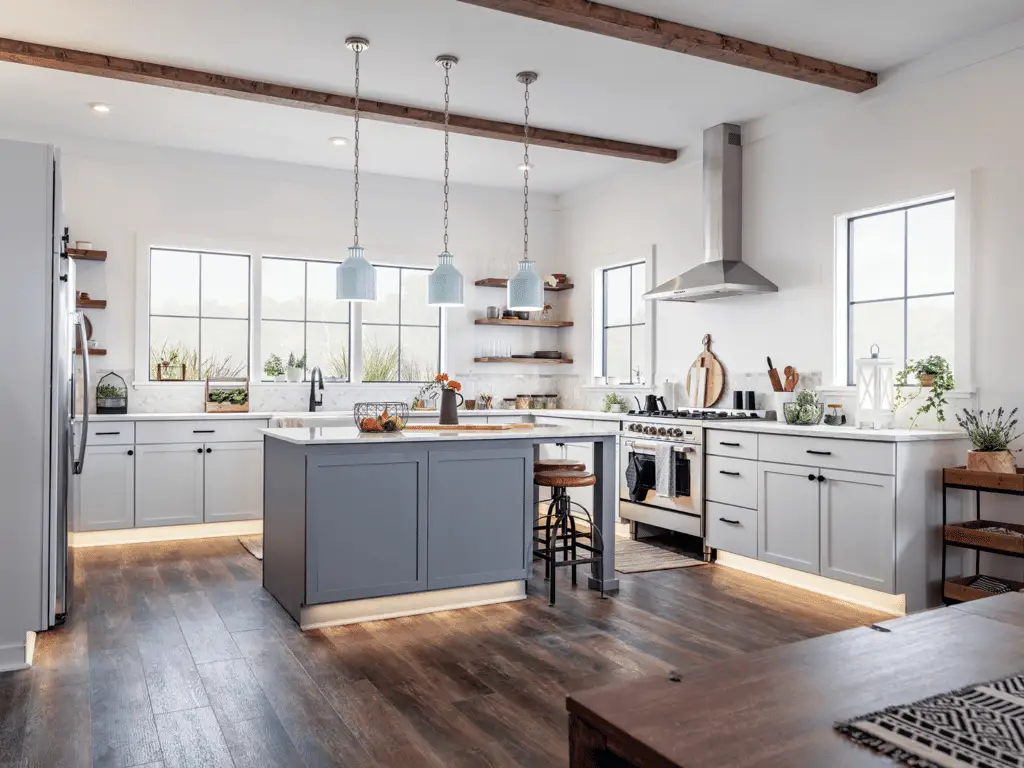
Ambient lighting is a crucial aspect of kitchen lighting design, serving as the primary source of illumination in the space. This type of lighting is typically provided by ceiling lights that offer uniform lighting throughout the kitchen. When positioning ambient lights, it is essential to consider the room size, layout, and ceiling characteristics to ensure optimal illumination.
Choosing the Right Number of Ambient Lights
When selecting the number of ambient lights for your kitchen, it is important to strike a balance between functionality and aesthetics. The goal is to achieve uniform lighting that adequately illuminates the entire space without creating harsh shadows or glare. Proper spacing and positioning of ambient lights can help to enhance the overall ambiance and functionality of the kitchen.
Tips for Positioning Ambient Lights
For optimal results, consider installing ambient lights in strategic locations throughout the kitchen. By distributing the lights evenly, you can create a well-lit environment that is both functional and visually appealing. Additionally, selecting ambient lights with dimmable features can provide the flexibility to adjust the lighting levels based on your needs.
Task Lighting: Under Cabinet and Pendant Lights

When it comes to kitchen lighting, task lighting plays a crucial role in enhancing practical activities like cooking. Under cabinet lighting is a popular choice for providing focused illumination on countertops and workspaces. LED strip lighting is highly recommended for this purpose, positioned towards the front edge of wall cabinets to ensure better visibility and prevent shadows from obstructing your tasks.
In addition to under cabinet lighting, pendant lights are another excellent option for task lighting in the kitchen. When strategically positioned over kitchen islands or peninsulas, pendant lights not only offer the necessary illumination for food preparation but also contribute to a balanced blend of function and aesthetics. The key is to carefully consider the layout and function of your kitchen when deciding on the placement of pendant lights, ensuring they enhance both the practicality and visual appeal of the space.
Enhancing Design with Decorative Lighting

Decorative lighting is a key element in creating a stylish and visually appealing kitchen. While ambient and task lighting focus on functionality, decorative lighting adds a touch of personality and enhances the overall design of the space. By incorporating different forms of decorative lights, such as in-cabinet, under cabinet, and plinth lighting, you can elevate the aesthetics of your kitchen.
Incorporating Various Forms of Lights
One way to introduce decorative lighting is by installing in-cabinet lights to showcase glassware or decorative items. These lights not only add visual interest but also create a warm and inviting ambiance in the kitchen. Under cabinet lighting can be used to highlight countertops and provide additional task lighting, while plinth lighting can add a subtle glow to the base of cabinets, creating a sense of depth and dimension in the room.
Necessity of Distinct Controls
When it comes to decorative lighting, it’s essential to have distinct controls for different light layers. This allows you to create versatile lighting scenarios based on your needs and preferences. For example, you may want to have the option to dim the in-cabinet lights for a cozy evening atmosphere while keeping the under cabinet lights bright for meal preparation. Having separate switches for each type of light layer gives you the flexibility to customize the ambiance of your kitchen.
Bright Ideas for Optimal Kitchen Lighting
When it comes to achieving optimal kitchen lighting, it’s essential to consider various factors such as functionality, aesthetics, and overall visual appeal. By implementing some bright ideas, you can create a well-lit space that not only enhances your cooking experience but also elevates the design of your kitchen.
Distinct Controls for Versatile Lighting
One key recommendation for achieving optimal kitchen lighting is to install distinct controls or switches for each type of light layer. This allows you to control the intensity and direction of the lighting based on your specific needs. By having separate controls for ambient lighting, task lighting, and decorative lighting, you can create different lighting scenarios that suit various activities in the kitchen.
Benefits of Dimmable Lights
Another bright idea for optimal kitchen lighting is to opt for dimmable lights. Dimmable lights provide you with the flexibility to adjust the ambiance of the space according to your preferences. Whether you’re hosting a dinner party or having a quiet evening at home, dimmable lights allow you to set the right mood by controlling the brightness of the lights.
Rely on White-Recessed Lights

For a seamless and cohesive look in your kitchen, consider relying on white-recessed lights. These types of lights blend effortlessly with the ceiling, creating a visually appealing and unobtrusive lighting design. White-recessed lights help prevent any visual disruptions in the kitchen, maintaining a clean and streamlined appearance while providing ample illumination.
Color Temperature and Its Impact on Kitchen Lighting
Choosing the Right White Finished Recessed Lights
When it comes to kitchen lighting, selecting the appropriate color temperature is crucial for achieving the desired ambiance and functionality. For a seamless integration with the ceiling, opt for white-finished recessed lights that blend well with the overall décor. These lights help prevent any visual disruptions in the kitchen space, creating a cohesive and polished look.
The Importance of Color Temperature Selection
The color temperature of lighting can have a significant impact on the overall feel of the kitchen. From creating a warm and inviting atmosphere to providing bright and energizing light for tasks, choosing the right color temperature is essential. Options range from a natural hue that mimics sunlight to a cooler daylight hue that is perfect for tasks requiring precision and focus.
Guidelines for Selecting Color Temperature
To ensure that your kitchen lighting meets your needs, it’s important to understand the different color temperatures and their purposes. For example, warmer tones are ideal for creating a cozy and welcoming environment, perfect for dining and entertaining. On the other hand, cooler temperatures are great for task-oriented areas like food preparation and cooking, providing a bright and focused light.

By carefully considering the color temperature of your kitchen lighting, you can create a space that is not only functional but also aesthetically pleasing. Whether you prefer a soft and intimate ambiance or a bright and efficient workspace, the right color temperature can make all the difference in achieving your desired lighting goals.
Let Your Kitchen Shine: Key Takeaways on Kitchen Lighting
When it comes to kitchen lighting, remember the trifecta of ambient, task, and decorative lighting. Position lights strategically, use LED for efficiency, and play with different forms of lighting for style. To create the perfect ambiance, consider distinct controls and dimmable options. Lastly, choose the right color temperature to suit different purposes. With these bright ideas, your kitchen will not only be well-lit but also a welcoming space for all your culinary adventures!



